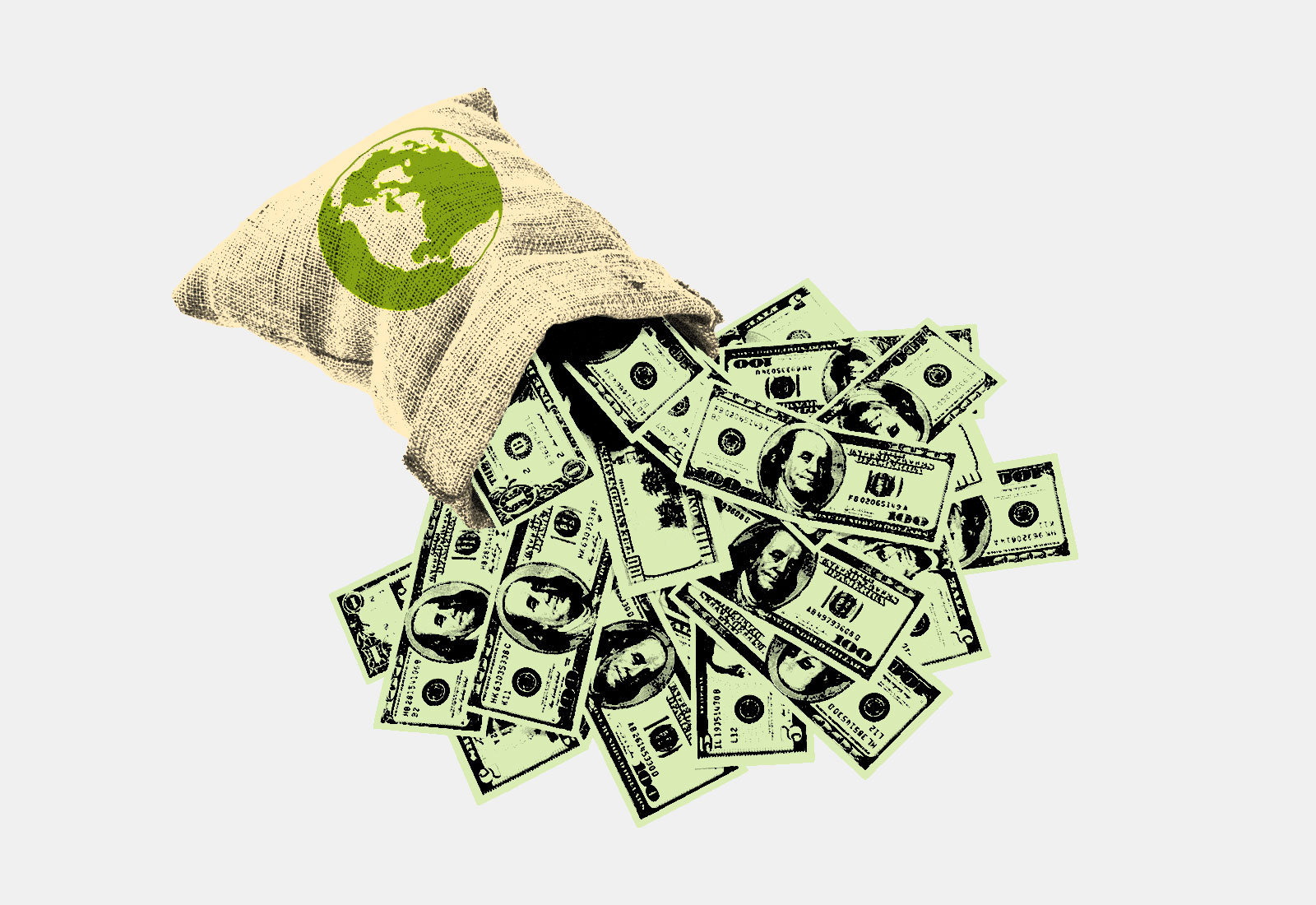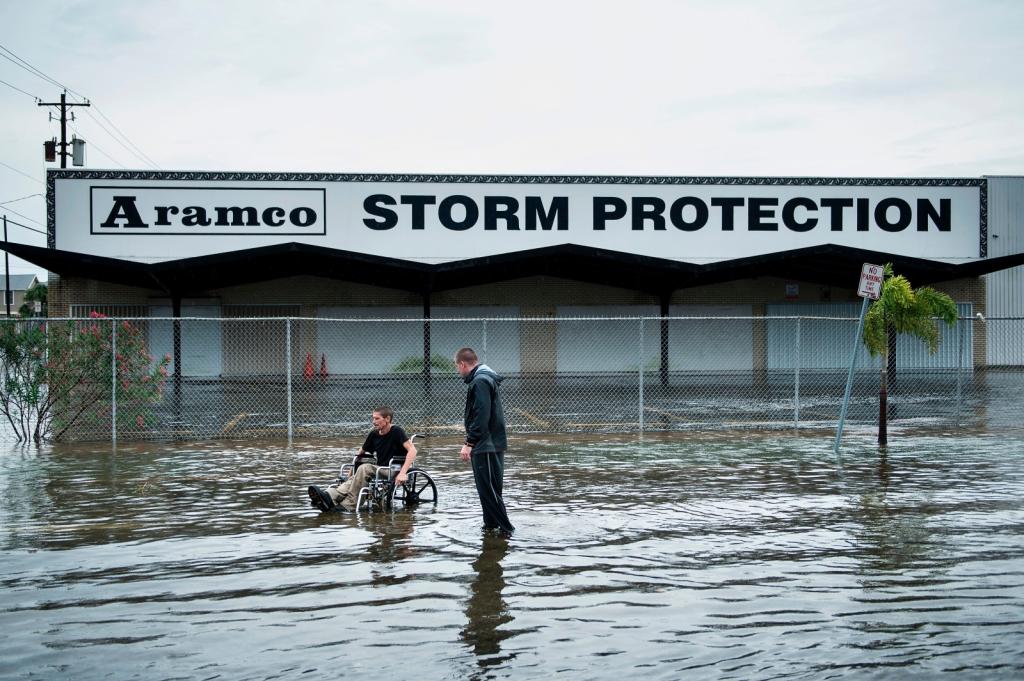For decades, rich and poor countries were trapped in a stalemate over how to deal with the carbon-dioxide coated, rapidly overheating planet. The United States and other developed countries — responsible for more than half of the world’s CO2 emissions to date — refused to cut emissions unless poorer countries chipped in. For their part, developing countries, led by China and India, argued that it was unfair to be asked to cut back on the fossil fuels that had already brought rich countries electricity, washing machines, and relative economic prosperity.
The solution proposed at a United Nations meeting in Copenhagen over a decade ago and reaffirmed in the 2016 Paris Agreement was called a “grand bargain”: All countries — from the largest economic giant to the smallest island state — would strive to cut their greenhouse gas emissions. But rich countries would also direct hundreds of billions of dollars a year in grants, loans and other forms of climate finance to poorer countries to help them switch to clean energy and adapt to the worst monsoons, heat waves, and droughts ushered in by climate change.
“It’s the glue that holds the Paris Agreement together,” said David Waskow, director of the international climate initiative at the World Resources Institute, or WRI.
Now, however, that glue might be coming apart. Back in 2009, negotiators at that UN meeting in Copenhagen promised to raise $100 billion a year for developing countries by the end of 2020 — later, they agreed to raise $100 billion every year thereafter. But, after major countries and economies were thrown into turmoil by COVID-19, even the first, most basic climate finance goal, looks to be out of reach.
According to an official report from the Organization for Economic Cooperation and Development, for example, countries and private companies only mobilized around $80 billion in 2018— still far from the 2020 target. And although it takes several years to tally the numbers, early estimates indicate that 2020 was, unsurprisingly, not a banner year.
“It is unlikely that the $100 billion commitment was achieved by the end of 2020,” said Alina Averchenkova, a distinguished fellow at the London School of Economics and the co-author on a report on the goal. “Once the data comes in, there’s likely to be a gap.”
And that amount is only a fraction of what’s needed. In Bangladesh alone, which has been battered by sea-level rise and cyclones, the government spends $1 billion a year — or 6 percent of its budget — on coping with climate change. According to a U.N. report released earlier in January, adapting to climate change is currently setting developing countries back by approximately $70 billion a year; by 2030, that figure could reach $300 billion.
In the wake of the G7 meeting in Cornwall, England, last month, the countries most vulnerable to climate change were already protesting the failure to provide the promised funds. Negotiators from India, Pakistan, and small-island states told the media that the lack of funding represented a breach of trust. One Bangladeshi scientist and adaptation expert tweeted that if the money wasn’t available by the U.N. climate conference in Glasgow later this year, the meeting should be canceled. “There’s a lot of frustration and distrust around,” said Joe Thwaites, an associate at WRI and an expert on climate finance.
Part of the problem is that, similar to the overall structure of the Paris Agreement itself, all developed countries are responsible for delivering the cash. There is no requirement that a given country contribute a set amount of funding, creating a classic collective action problem where each country is incentivized to free-ride on the efforts of others. “The finance is very much wrapped up in a broader debate about who moves first,” Thwaites said.
And experts say that any attempt at a fair accounting of who owes what would show the U.S. lagging far behind. Many scholars believe that commitments should be based on both economic prosperity (richer countries should give more) and historical responsibility (those countries which have burned more fossil fuels should pay to help others adapt). According to one analysis from the Overseas Development Institute, the U.S. should contribute about 41 percent of climate finance every year, or $41 billion. The World Resources Institute similarly found that the country responsible for a quarter of the world’s emissions to date should be responsible for about 45 percent of contributions to the U.N.-backed Green Climate Fund.
“The U.S. is way underperforming,” Thwaites said. The United States, he pointed out, has promised to deliver $5.7 billion per year: a paltry sum, considering that the country is still behind on pledges that languished during the Trump administration. Meanwhile, at the G7 meeting, Germany pledged to start contributing about $7.2 billion in financial support per year by 2025 — despite having an economy one-fifth the size of the United States. Similarly, the European Union, which has an economy about three-quarters of the size of the U.S., contributed around $24.5 billion in financial support in 2019 alone. (China, still considered a developing country, has avoided responsibility for part of the $100 billion goal — but continues to pour funding into many other countries through the Belt and Road Initiative, in some cases investing heavily in fossil fuels.)
And there are other issues with the money that has already been promised. The $100 billion goal was purposefully vague: It includes both public spending and private funds that have been “mobilized” by public spending. For example, if a public loan for a solar farm motivated private investors to chip in, then that private money can be counted toward the overall goal. But experts disagree about how to count private funding, and some private investment might have happened anyway, even without the infusion of public money. That makes some organizations — like the British nonprofit group Oxfam — question whether countries are even remotely close to the $100 billion mark.
Partly because there has been a focus on attracting private investors, funding has also tended to be channeled toward mitigation (projects that cut carbon dioxide emissions) rather than adaptation (projects that help developing countries adapt to higher temperatures and more severe weather). According to the OECD, in 2018 only about one-fifth of total funding went to adaptation.
This isn’t a big surprise to analysts: Energy efficiency and renewable projects tend to be a bit more cookie-cutter than adaptation projects, said Johannes Linn, a senior fellow at the Brookings Institution. “You don’t have to interact with a lot of small entities, or ultimate beneficiaries on the ground.” That makes it easier for development funds to set up those projects and easier for private investors to get onboard; but it’s a big problem for countries that are already facing sky-high costs from rising seas, severe heat waves, and agricultural meltdown.
Thwaites also argues that the focus on “mobilizing” private funds could be distracting from the actual work of helping the world tackle climate change. Some countries, he said, are focused on getting the most bang for their buck, sticking to things that are already widely invested in by the private sector. “What we often see are just vanilla projects that get you good leverage ratios,” he said, referring to the ratio of public to private spending. “Public funding should be better spent on trickier climate action where the private sector isn’t investing.”
But the system of climate finance may soon get an overhaul. At the annual climate meeting in Glasgow, Scotland this December, countries will begin to negotiate a new finance goal for 2025 and beyond. Representatives are expected to begin discussing a more ambitious target (“$100 billion should be seen as a floor, not a ceiling,” Averchenkova says) and will also debate how much of the new goal should come from public or private funds and how much should be funneled toward adaptation or mitigation. In the best case scenario, Thwaites said, that process would result in more clearly defined goals, and an effort to clearly account for which countries owe more in financial support. China, the world’s second-largest economy, could be called on to contribute more — and with greater transparency — under the new target.
Still, fixing the details is only part of the battle. As in the case of countries’ promises to cut carbon emissions, the only requirement to follow through is a kind of “name-and-shame” system; that means even the new goals will only be as good as political follow-through. “Ultimately, I do think that this impasse is not going to be broken with clever financial engineering,” Thwaites said. “The breakthrough will come when governments step up and leaders behave like statespeople.”
This story has been updated to clarify Alina Averchenkova’s comments on the need for more than $100 billion in climate finance.



